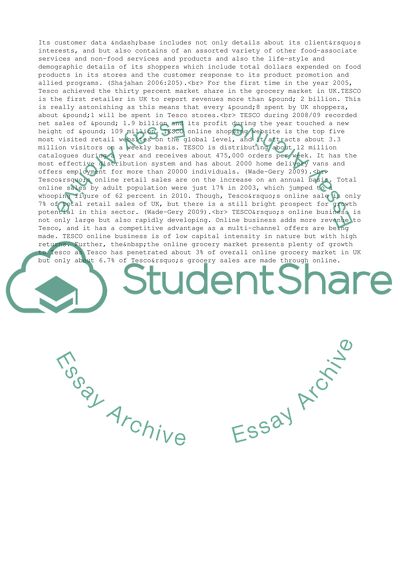Cite this document
(“Selected Retailer in Tesco Case Study Example | Topics and Well Written Essays - 4500 words”, n.d.)
Selected Retailer in Tesco Case Study Example | Topics and Well Written Essays - 4500 words. Retrieved from https://studentshare.org/business/1563613-individual-case-study-about-a-selected-retailer
Selected Retailer in Tesco Case Study Example | Topics and Well Written Essays - 4500 words. Retrieved from https://studentshare.org/business/1563613-individual-case-study-about-a-selected-retailer
(Selected Retailer in Tesco Case Study Example | Topics and Well Written Essays - 4500 Words)
Selected Retailer in Tesco Case Study Example | Topics and Well Written Essays - 4500 Words. https://studentshare.org/business/1563613-individual-case-study-about-a-selected-retailer.
Selected Retailer in Tesco Case Study Example | Topics and Well Written Essays - 4500 Words. https://studentshare.org/business/1563613-individual-case-study-about-a-selected-retailer.
“Selected Retailer in Tesco Case Study Example | Topics and Well Written Essays - 4500 Words”, n.d. https://studentshare.org/business/1563613-individual-case-study-about-a-selected-retailer.


